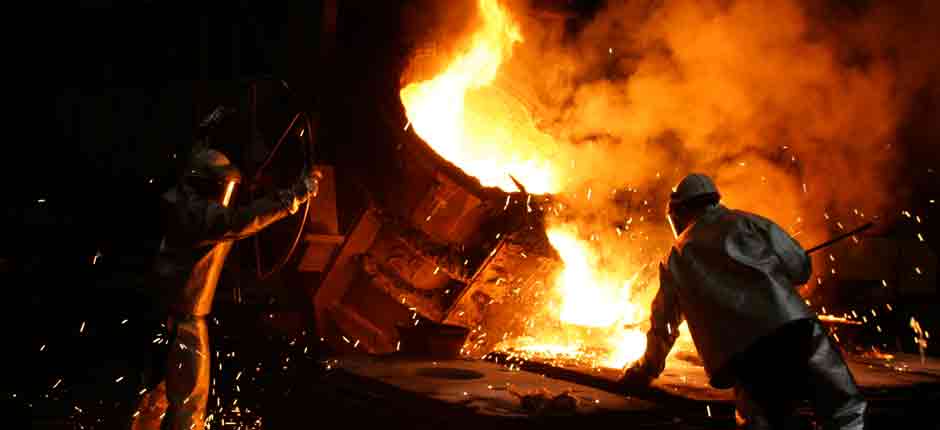Methods of Steel Casting
Steel casting is used when the qualities of additional strength and shock resistance are required. Steel casting is often used for hydroelectric turbine wheels, gears, forging presses, bodies for pumps, car frames, valve bodies, mining machinery, engines, and marine equipment.
Steel casting can be done either by carbon steel or alloy steel. There are many methods of steel casting. Following are some of the commonly used methods in steel foundry.

- The Szekely Method
This method employs metal molds, and the molds are coated with chalk and paraffin.
- Slavianoff’s Method
This is electric casting method and works by connecting one terminal to the steel ant the other to the crucible.
- Sand Core Method
In this method, a sand core is cast in the ingot and then worked down.
- Norton’s Fluid Rolling Process
Fluid steel is worked directly into sheets by pouring the steel through revolving rolls. It aims to prevent blowholes and reduce the scale.
- Bessemer’s Method
It is used to make continuous sheets by running molten steel between water-cooled rolls.
- Whiteley’s Process
In this process, molten steel is run into a revolving cylinder, which forms a shell. This shell is then cut open and rolled down.
- Pielsticker and Mueller’s Process
It is a process to rods, bars, and other material directly from the fluid steel by passing it through dies and then in a rolling mill or under the hammer.
- Chalk’s Method
This method consists of heating the shaft to a welding temperature, pouring it in the desired mold, and then pouring the molten metal around it.
- Falk’s Method
This method is commonly used to join the ends of rails. In this method, an iron mold is placed on both ends that need to be joined. Then, hot metal is poured until they are ready to be fused together.

Claire Derrick is a home blogger who loves to share her experiences with others. She likes being motivated and encourages people to be the best they can be.












